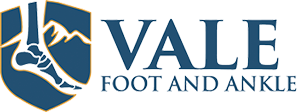Bunions
What is a Bunion?
A bunion is a bony bump that forms at the base of the big toe. It develops when the bones in the front of the foot shift out of place, causing the big toe to angle inward toward the second toe. Over time, this misalignment pushes the joint outward, creating a visible and often painful bump on the side of the foot.
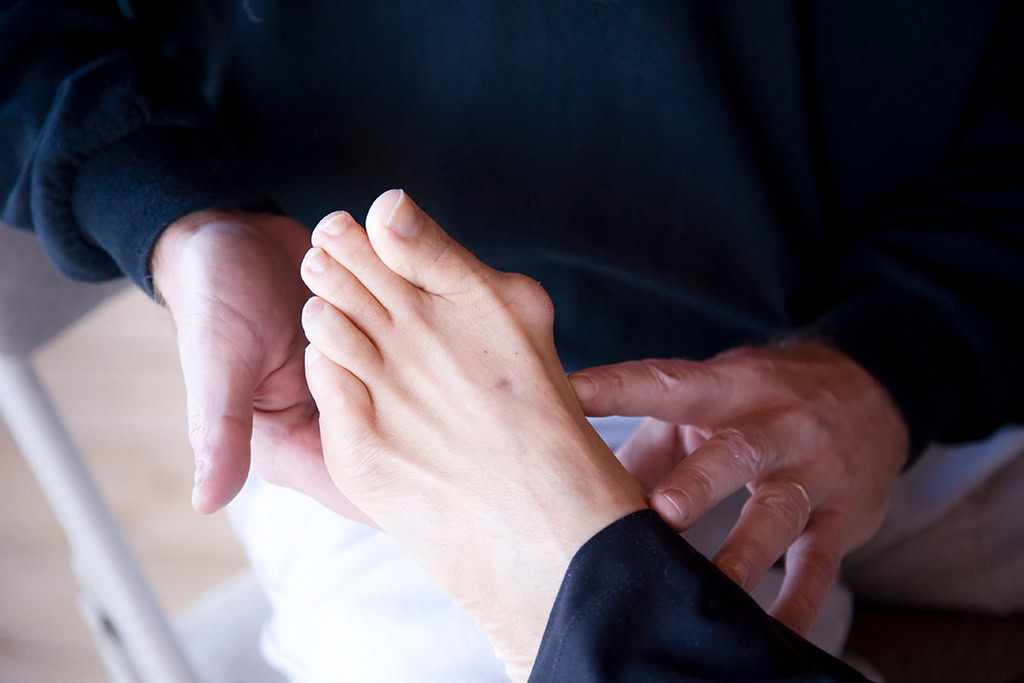
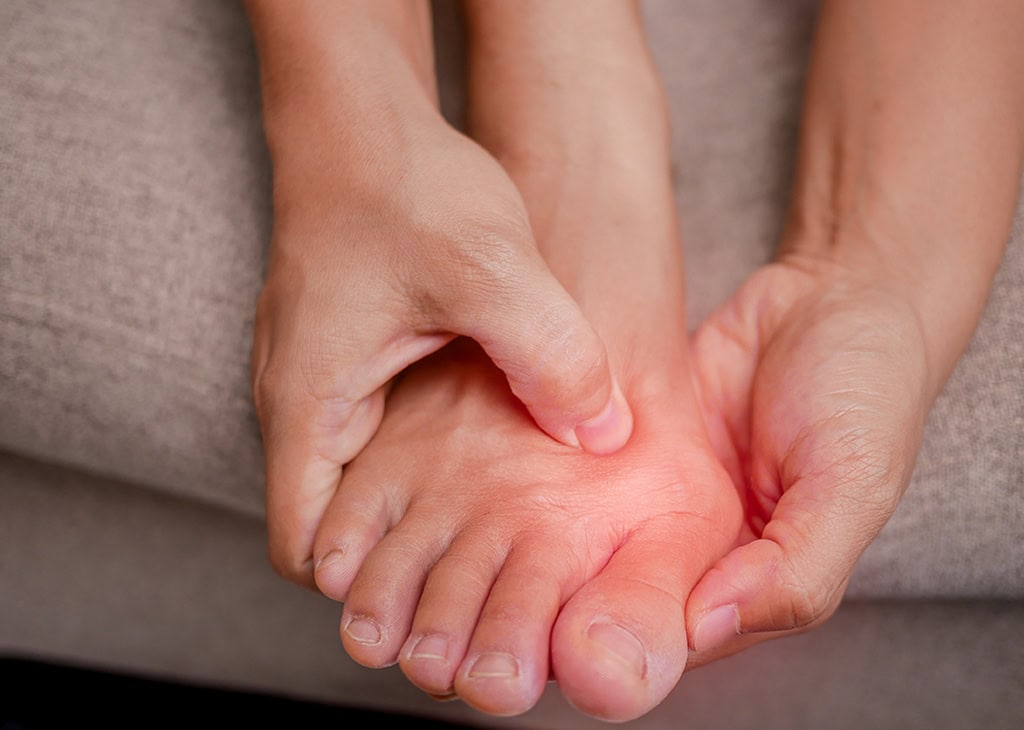
Bunion Causes & Risk Factors
Bunions develop over time due to a combination of factors. While wearing tight or narrow shoes can contribute to bunion formation, they are often caused by an inherited foot structure or biomechanical imbalance. Other contributing factors include:
- Family history of bunions
- Flat feet or abnormal foot mechanics
- Repetitive stress on the foot
- Foot injuries
- Inflammatory conditions such as rheumatoid arthritis
- Congenital deformities
Appointments
We will do our best to accommodate your busy schedule.
Request an appointment today!
Conservative Bunion Treatments
Bunion pads, toe spacers, and taping techniques can protect the joint from rubbing and reduce pain.
Applying ice to the bunion and using over-the-counter anti-inflammatories canhelp reduce swelling and discomfort.
Stretching and strengthening exercises may improve foot alignment and joint flexibility.
When To See A Podiatrist
Not all bunions need immediate medical attention.
But you should see a podiatrist if you have:
- Pain or soreness in the big toe joint
- Swelling, redness, or warmth over the bunion
- Restricted movement in the toe
- Trouble finding shoes that fit comfortably
- Thickened skin, corns, or calluses around the toes
- Worsening deformity or difficulty walking
Early evaluation can prevent further complications and help manage symptoms
before they interfere with daily activities.

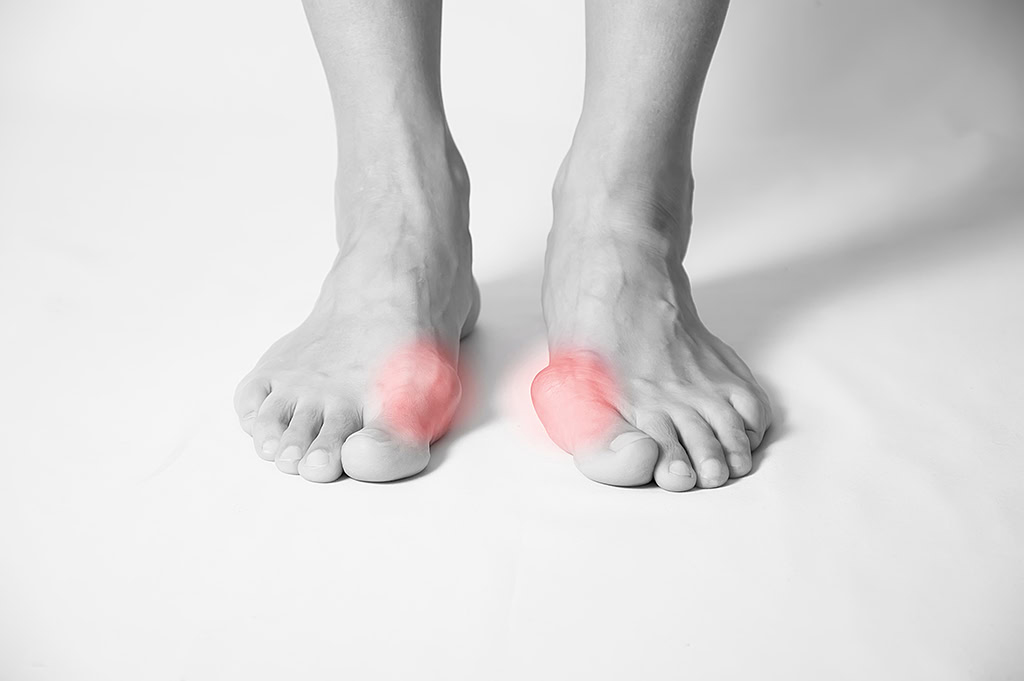
When Do You Need Surgery?
If non-surgical treatments no longer work, bunion surgery may be recommended.
Surgery is often indicated for:
- Bunions (Hallux Valgus)
- Persistent pain that doesn’t improve with other treatments
- Structural issues that worsen over time
- Development of secondary foot problems such as hammertoes or bursitis
- Severe bunions that limit mobility or daily function
Why Choose Vale Foot And Ankle for Bunion Treatment?
Vale Foot and Ankle sees patients with bunions on an individual basis and offers both conservative and surgical consults.
We specialize in minimally invasive bunion surgery, a modern approach that minimizes tissue disruption, speeds up recovery, and reduces scarring. We use smaller incisions and advanced instruments to correct joint alignment with less downtime than traditional methods. You will experience less pain and less swelling than the traditional bunion correction surgery.
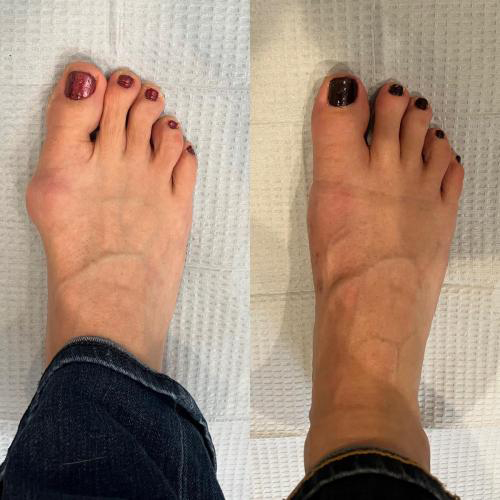
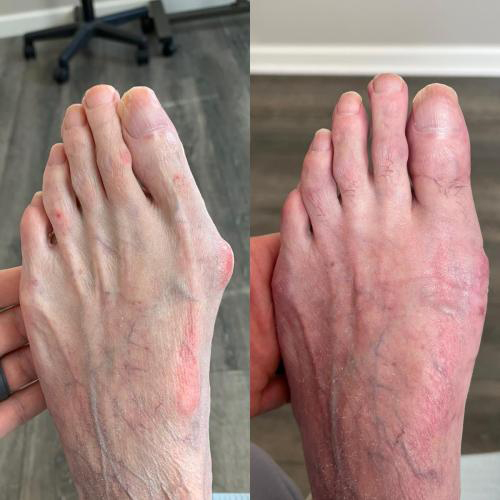
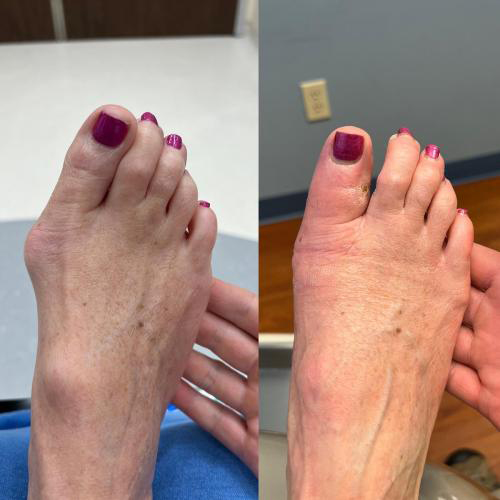
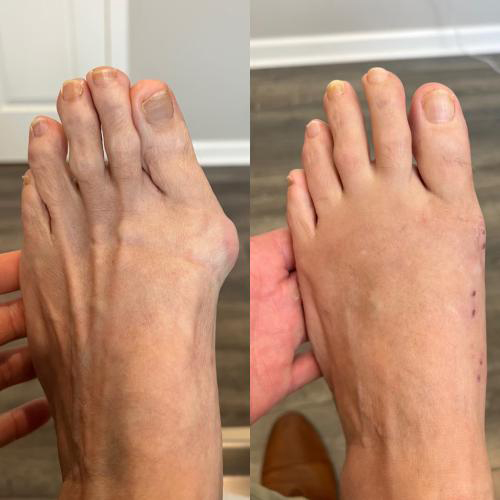
Latest Posts

Tailor’s Bunion (Bunionette) Stages
A tailor’s bunion, also known as a bunionette, may seem like a small foot problem,

Pediatric Heel Pain: Symptoms, Causes, and Treatment
Children’s heel pain is common and typically treatable, but can be frustrating to daily activities,
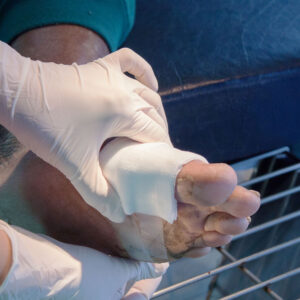
Diabetic Foot Ulcers: Treatment, Prevention, and Care
For diabetics, foot care is not a luxury but a way to prevent serious medical
